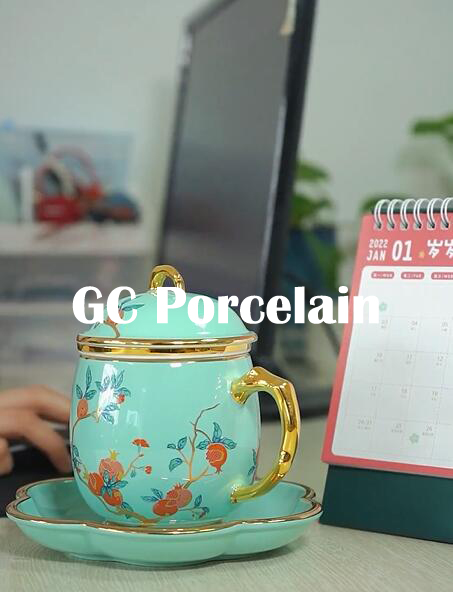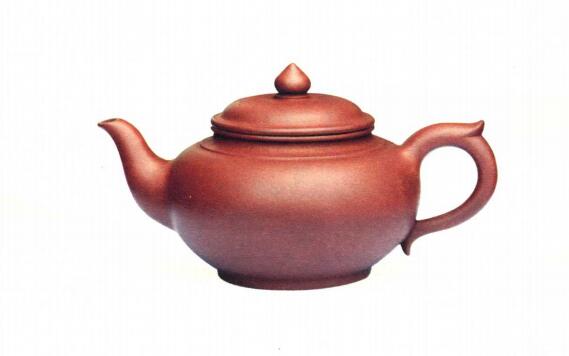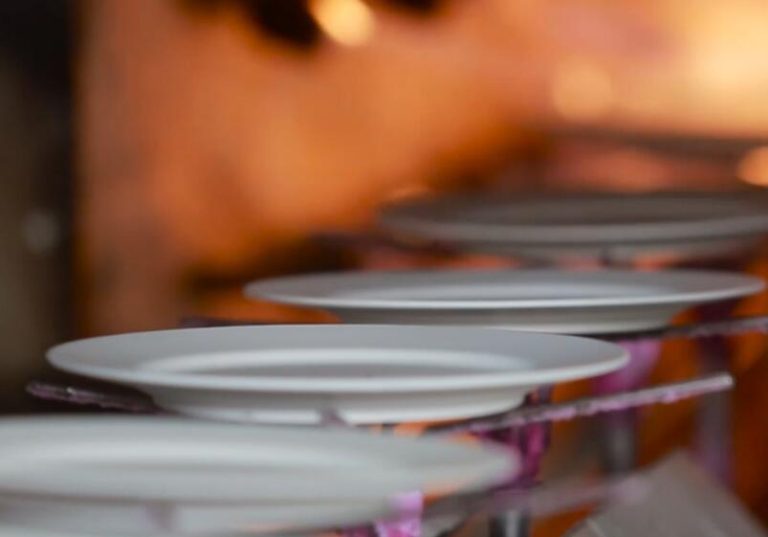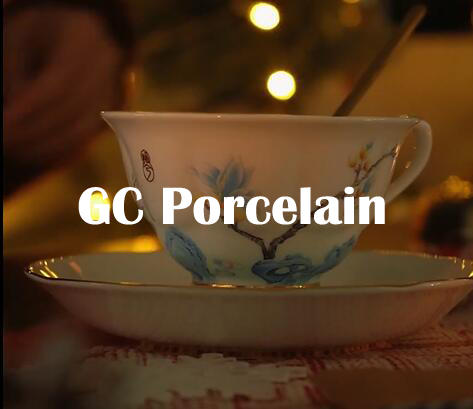Bone china, also known as bone ash porcelain, was invented by the British in 1794 and is recognized as the highest grade of porcelain in the world. Bone china is made by adding bone meal from herbivorous animals (mostly cows and sheep, mostly cow bone meal) to porcelain clay and firing it twice at high temperature and low temperature. It is known for being as thin as paper, as white as jade, as bright as a mirror, and as clear as a chime. Its color is the unique natural milky white of natural bone meal.
The two basic characteristics of bone china are the essential basis for distinguishing bone china from other porcelain. Characteristic one: the bone ash content is above 36% (national standard); Characteristic two: it is made by firing twice (bisque firing, glaze firing). According to the British standard for bone china, it contains thirty percent tricalcium phosphate from animal bones, and the finished product is translucent, then it can be called bone china. The American standard, on the other hand, sets the minimum at twenty-five percent.

Bone china has been the top of the line in ceramics for three hundred years since its inception. It has long been the exclusive porcelain of the British royal family and nobility. It is the only high-grade porcelain recognized in the world today, with both practical and artistic value. It is a symbol of power and status, known as the king of porcelain. To this day, bone china, with its noble and gorgeous quality, is still a symbol of the host's status and the first choice for gifts.
Bone china is extremely complex in its craftsmanship, meticulous in its materials, narrow in its firing range, and difficult to produce. Only the UK, China, Japan, Germany, Russia, and Thailand produce it.
Over the past two hundred years, bone china has gradually developed into a world ceramic treasure through the hands of generations of famous craftsmen.
Bone china is meticulous in its materials, finely made, strictly standardized, and its regularity, whiteness, transparency, thermal stability, and other indicators are all extremely high. Due to the complex craftsmanship of high-grade bone china, it is more difficult to make than ordinary daily-use porcelain, and its production technology has only been popularized in recent years.
Bone china, with its unique shape, simple and clear, and delicate and white texture, has long been the porcelain of choice for nobles in various countries and is the only high-grade porcelain recognized in the world today.
Bone china is the exclusive porcelain of the British royal family and is also the designated porcelain of Zhongnanhai. It is the high-grade porcelain recognized in the world today. Bone china tableware not only has a gorgeous appearance but also has the quality of maintaining people's health. Bone china is made by adding animal bone meal to traditional ceramic materials, with a thin and translucent body and greater toughness. Bone china is the spokesperson for green ceramics. The colored bone china is melted in high-temperature transparent glaze, and the picture is not easy to wear and fall off, and it can be rightfully called "healthy ceramics".

Bone china is recognized as the highest grade of porcelain in the world, but why are some bone china tableware cheaper than high-white porcelain? Because these very cheap ones are synthetic new bone china, which does not add natural cow bone meal, but replaces natural cow bone meal with synthetic materials, which contains a large amount of chemical components, which is harmful to the human body, and the industry calls it "new" bone china.
PlayFeatures of bone china:
- Cover the cup on the light bulb (of course, you can also face the light), the strong translucency and soft color are the top products.
- The whole body is milky white, the glaze is smooth, and the porcelain is light and thin, which is a high-quality product.
- Use a porcelain spoon to knock or spread your palms flat and flick lightly with your fingers, the sound is clear and loud, like a bell.
Maintenance notes for bone china:
- Always hand wash, do not use a dishwasher. If you really don't want to wash by hand, choose a dishwasher with porcelain and crystal washing functions.
- For tableware with gold edges, do not put it in the microwave to avoid corrosion.
- The pH value of the wash must be between 11-11.5.
- When rinsed with clean water, the water temperature does not exceed 80 degrees Celsius.
- Do not immerse the hot cup directly into cold water to prevent rapid temperature changes from damaging the porcelain.
- If there are scratches, you can slightly polish with toothpaste.
- If there are tea stains, you can clean with lemon juice or vinegar.
- It is best not to use it suddenly cold and hot to prevent explosion.
- Do not use open fire to burn directly.
If you have any questions or need to custom dinnerware service, please contact our Email:info@gcporcelain.com for the most thoughtful support!






